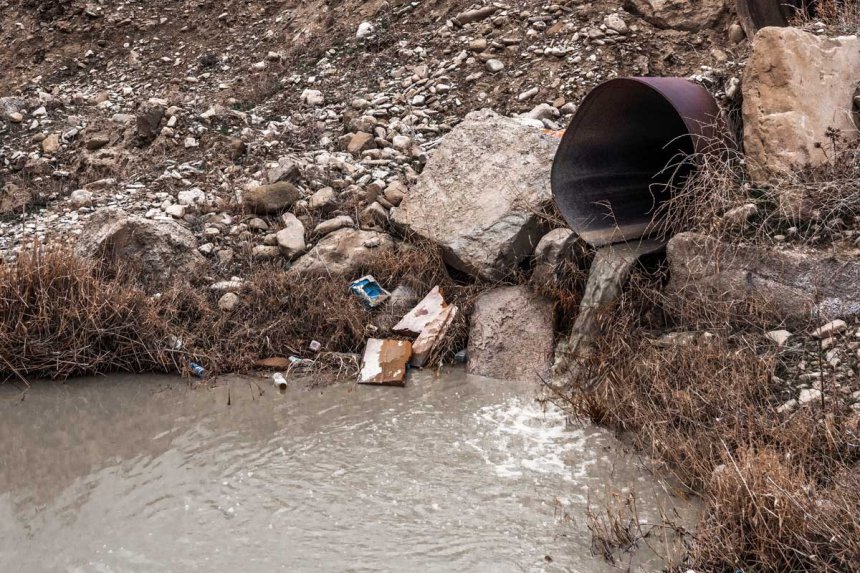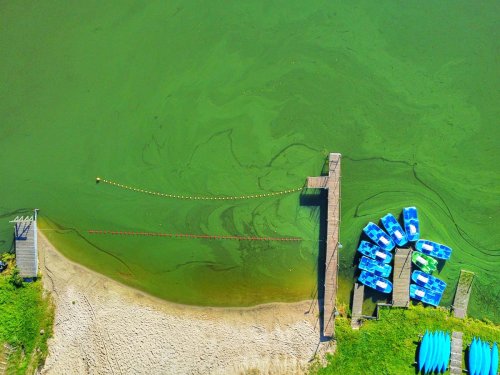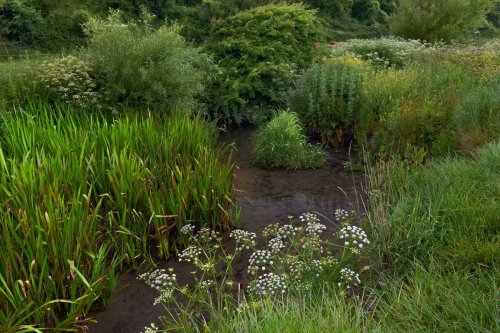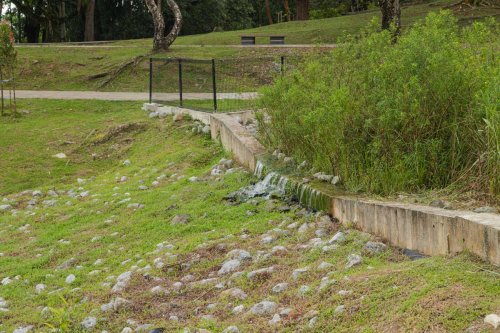The Role of the Clean Water Act in MS4 Regulation
The Clean Water Act laid the foundation for modern stormwater management through the creation of the MS4 program. These regulations continue to play a crucial role in safeguarding water quality, preventing pollution, and promoting sustainable development. As urbanization and climate challenges persist, adherence to and enhancement of MS4 regulations remain essential for ensuring cleaner, healthier waterways for future generations.

The Clean Water Act (CWA) of 1972 stands as one of the most significant pieces of environmental legislation in the United States. It established the foundation for protecting water quality by addressing pollution from industrial, municipal, and agricultural sources. One of the key regulatory programs developed under the CWA is the Municipal Separate Storm Sewer System (MS4) program, which plays a crucial role in stormwater management. This article explores the role of the Clean Water Act in shaping MS4 regulations and why these policies remain vital today.
The Clean Water Act and Its Impact on Stormwater Management
The CWA was enacted to restore and maintain the integrity of the nation’s waters by regulating discharges of pollutants into water bodies. Before its passage, widespread pollution from industrial and municipal sources led to severe water contamination, impacting ecosystems and public health. The CWA provided the Environmental Protection Agency (EPA) with authority to develop water quality standards and enforce compliance through permitting programs.
A key provision of the CWA is the National Pollutant Discharge Elimination System (NPDES), which requires entities discharging pollutants into navigable waters to obtain a permit. Initially, the NPDES program focused primarily on point-source pollution from factories and wastewater treatment plants. However, as research highlighted the impact of stormwater runoff, it became evident that municipal storm sewer systems also contributed to water quality degradation.
Creation of the MS4 Program Under the CWA
Recognizing the environmental impact of stormwater pollution, the EPA introduced stormwater regulations under the NPDES program in 1990, which led to the development of the MS4 permitting system. The MS4 program specifically targets municipal stormwater discharges, ensuring that communities implement measures to reduce pollutants in runoff before they reach waterways.
The MS4 program was rolled out in two phases:
Phase I (1990): Applied to large municipalities (populations of 100,000 or more), requiring them to develop comprehensive stormwater management plans.
Phase II (1999): Extended regulations to smaller municipalities (populations between 10,000 and 100,000), mandating the implementation of six minimum control measures:
Public Education and Outreach – Raising awareness about stormwater pollution.
Public Involvement and Participation – Encouraging community efforts in stormwater management.
Illicit Discharge Detection and Elimination (IDDE) – Identifying and addressing unauthorized discharges.
Construction Site Runoff Control – Implementing erosion and sediment control practices.
Post-Construction Stormwater Management – Establishing long-term stormwater treatment solutions.
Pollution Prevention and Good Housekeeping – Promoting environmentally friendly municipal operations.
Why MS4 Regulations Under the CWA Matter Today
MS4 regulations, rooted in the Clean Water Act, remain essential for protecting water resources in the face of urbanization, climate change, and increasing pollution threats. Key reasons why these regulations continue to be critical include:
Protecting Water Quality – By reducing pollutants in stormwater runoff, MS4 programs help maintain clean drinking water sources and support healthy ecosystems.
Flood Prevention and Infrastructure Protection – Proper stormwater management minimizes the risk of urban flooding and protects roads, bridges, and buildings.
Adapting to Climate Change – With climate change driving more intense storms, MS4 programs promote resilient stormwater strategies, such as green infrastructure and retention basins.
Regulatory Compliance and Enforcement – The EPA and state agencies actively enforce MS4 compliance, ensuring that municipalities adhere to water quality standards to avoid penalties.
Promoting Sustainable Development – MS4 programs encourage the use of permeable pavements, rain gardens, and other low-impact development techniques to manage stormwater naturally.
Future Trends in MS4 Regulation
As environmental challenges evolve, so do MS4 regulations. Key trends shaping the future of stormwater management under the CWA include:
Increased Use of Smart Technology – Sensors and real-time monitoring systems help municipalities track stormwater quality and compliance.
Stronger Enforcement Measures – Regulatory agencies are imposing stricter penalties for noncompliance, pushing municipalities to enhance their stormwater programs.
Expansion of Green Infrastructure – Cities are integrating more nature-based solutions, such as wetlands and bioswales, into stormwater management plans.
Greater Public Engagement – Community participation in stormwater management is growing, with educational programs and volunteer cleanup initiatives gaining traction.
The Clean Water Act laid the foundation for modern stormwater management through the creation of the MS4 program. These regulations continue to play a crucial role in safeguarding water quality, preventing pollution, and promoting sustainable development. As urbanization and climate challenges persist, adherence to and enhancement of MS4 regulations remain essential for ensuring cleaner, healthier waterways for future generations.


















